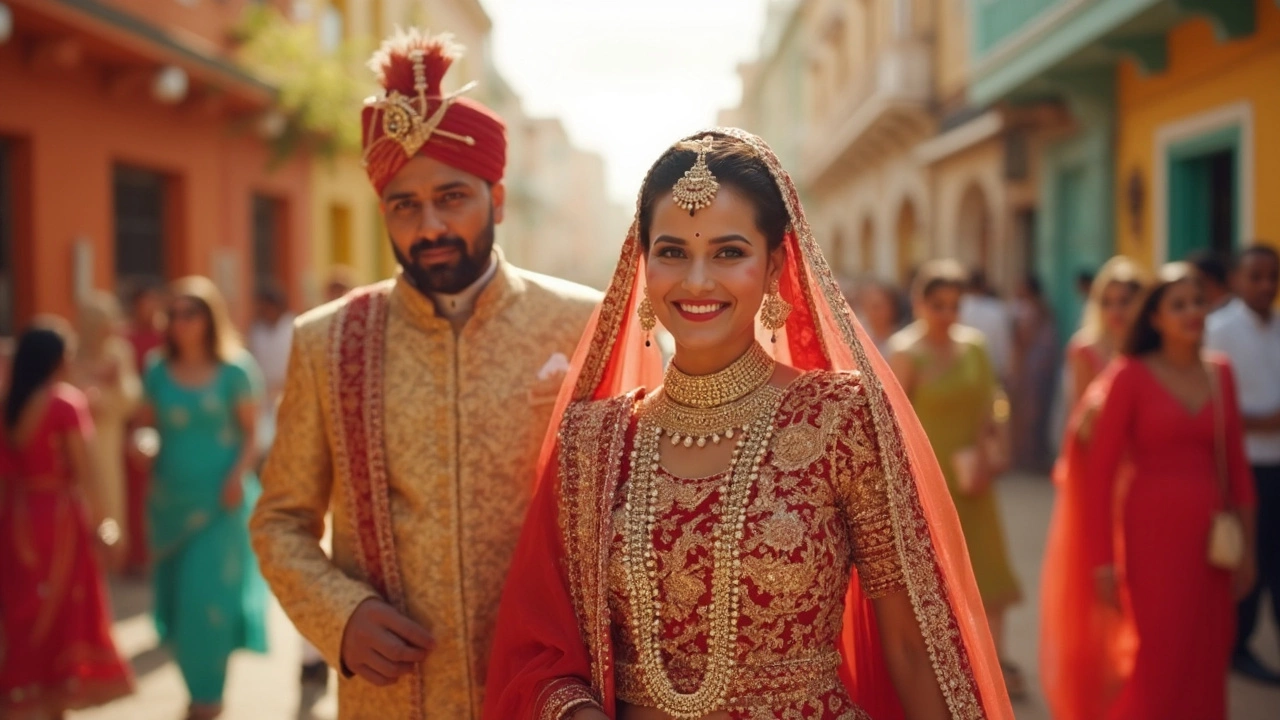Overseas Marriage Registration in India – A Practical Guide
If you tied the knot outside India, the next move is to get that marriage recognized at home. Registering an overseas marriage isn’t a paperwork nightmare, but it does need the right forms and a clear timeline. Below you’ll find the most useful steps, common pitfalls, and answers to the questions most couples ask.
Why Register an Overseas Marriage?
First, a registered marriage is the legal proof you need for everything from a passport to a joint bank account. Without it, you may face hurdles when applying for visas, filing taxes, or even adopting a child. Second, Indian law requires that all marriages of Indian citizens be recorded with the local registrar, regardless of where the ceremony happened. Finally, registration protects both partners if there’s ever a dispute about property, inheritance, or alimony.
Step‑by‑Step Process to Register
1. Gather the foreign marriage certificate. Get a certified copy of the marriage certificate from the country where you married. The document must be either in English or accompanied by a notarized translation.
2. Legalise the certificate. Most countries require an Apostille or a Consular attestation. Check the Indian embassy’s website for the exact procedure; in many cases an Apostille from the issuing country is enough.
3. Apply for a “No Objection Certificate” (NOC) from the Indian embassy. The embassy will verify the marriage and issue an NOC, which is a key piece of the registration packet.
4. Fill out the Indian marriage registration form. Download Form 7 (or the online equivalent) from the local Sub‑Registrar’s portal. Provide details like names, dates, places, and the foreign certificate number.
5. Submit documents to the local Sub‑Registrar. Bring the original foreign certificate, its translation, the NOC, your passports, proof of Indian citizenship (like a PAN card or voter ID), and address proof in India. Some offices also ask for photographs and a fee receipt.
6. Pay the registration fee. Fees vary by state, ranging from ₹200 to ₹1,000. Payments are usually accepted in cash or via online banking.
7. Get the marriage certificate. After verification, the registrar will issue a certified copy of the Indian marriage certificate. This may take a few days to a couple of weeks, depending on the office.
8. Update other records. Use the Indian certificate to update your passport, PAN, bank accounts, and any other legal documents.
Couples often wonder whether they can skip any steps. The short answer: no. Skipping the Apostille or NOC can lead to rejection, and you’ll end up repeating the whole process. Also, keep copies of every document – the registrar may ask for a duplicate during future legal work.
For NRIs living abroad, many Indian consulates now offer a “simplified registration” where you can submit everything online and pick up the certificate later. Check the consular portal for your jurisdiction; the service is especially handy for busy professionals.
If you run into language barriers or unclear instructions, a local lawyer who handles family law can clear up doubts for a modest fee. Their guidance often saves time and prevents costly re‑submissions.
Bottom line: registering an overseas marriage in India is straightforward when you follow the checklist, keep documents organized, and respect the legalisation steps. Once you have the Indian certificate, you’ll enjoy full legal rights for you and your partner, no matter where you choose to live.

Registering an Overseas Marriage in the USA: A Guide for Indian Couples
If you got married overseas, it makes sense that you'd want to know how to get that marriage registered in the USA. Understanding the process can be overwhelming, especially for Indian couples, who have specific cultural and legal considerations. Registering an overseas marriage isn't just about paperwork; it's about safeguarding your legal rights and ensuring your marriage is recognized in the USA. This guide provides clear steps and practical tips to simplify the registration process.